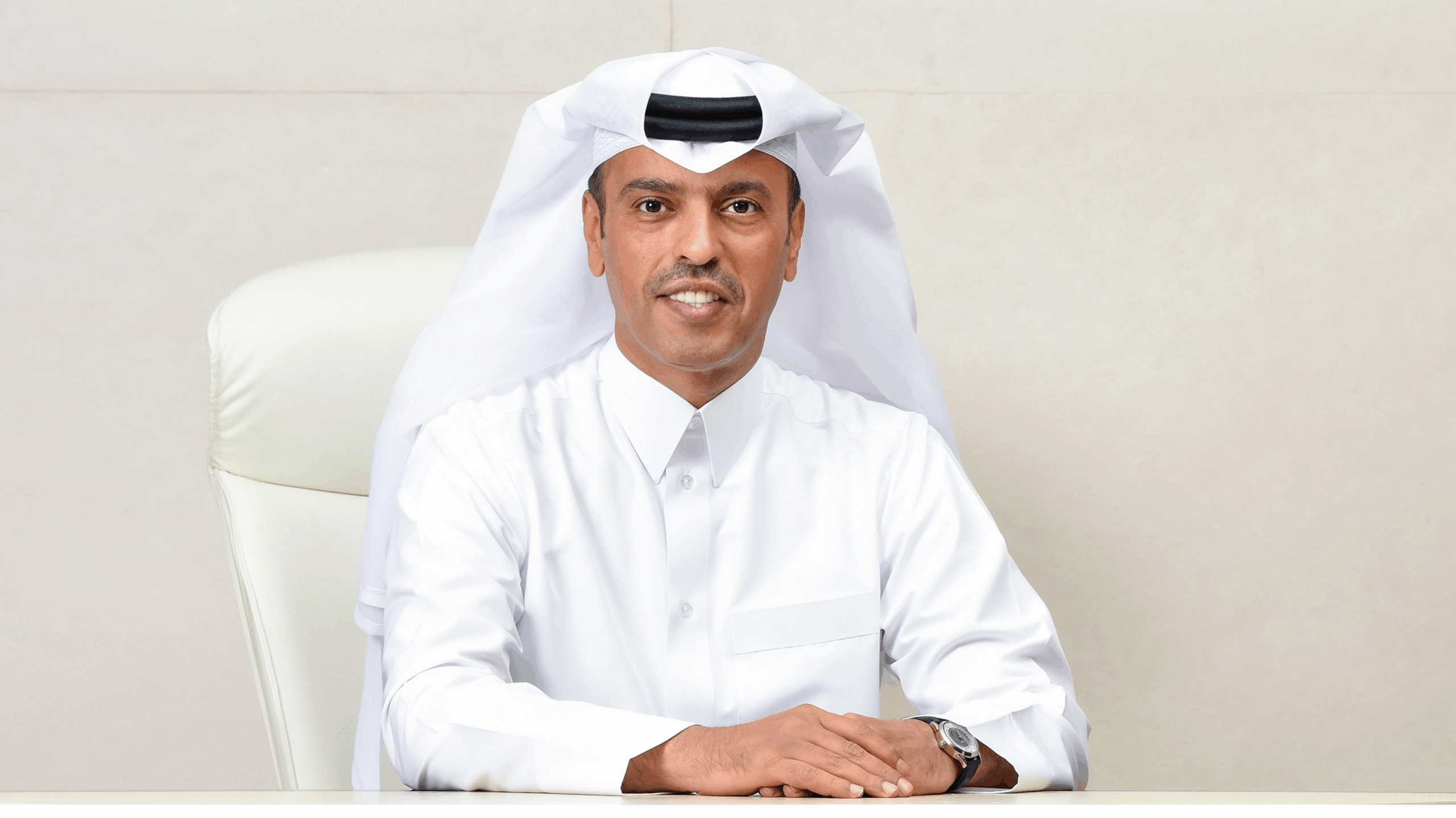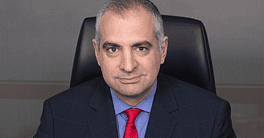Ville Sointu, head of emerging technologies at Nordea Bank, sat down with Global Finance at Sibos in London to discuss technology trends in transaction banking. No surprise that distributed ledger technologies came up. But Sointu went beyond the blockchain, pointing to a future where robots could have their own bank accounts.

Global Finance: What was the most exciting thing you saw or heard about at Sibos?
Ville Sointu: At Nordea, we’ve been working on deploying blockchain into real, tangible things our customers can use. It is now maturing to the phase where we no longer talk about a blockchain innovation project, but a tangible business benefit that can be articulated in a proper way. We are seeing the majority of the hype from the blockchain and distributed ledger going away and a real focus on important questions such as: What is the value of network? How do we collaborate to reach network effects? This discussion was positively present at Sibos this year, which was the most exciting thing for me.
GF: Is “blockchain” seen as a bit of a dirty word in banking?
Sointu: Absolutely, blockchain was so overhyped—pitched as a solution for everything from trade wars to world hunger. As banks, now we’re able to ask the right questions. What does the blockchain really do? How is the network governed? How do you run the nodes, maintain consensus and manage the data? Even the vendors are starting to understand they can no longer bypass due diligence by just saying “blockchain.” They have to articulate how they are managing all these things they claim the blockchain can do. So now smart vendors downplay the word “blockchain.” Either they use the term “distributed ledger technology” or they dismiss it completely and talk about a network connecting node.
GF: You lead emerging technologies at Nordea. What’s the next big tech thing?
Sointu: One of the things that has been mentioned a lot in the conversations we’ve had about emerging technologies is the “internet of things” (IoT), which is quite interesting, especially in the industrial IoT space. Our customers in manufacturing and transport are talking about how they use digital data to do things like predictive maintenance and to create digital representations of their entire factories or other facilities. To me, it sounds like an interesting opportunity to understand whether we can introduce payments, account and financing capabilities into the digital value chains being created by our customers.
The other side of IoT for us is understanding the data streams coming from big production systems. This data gives us an understanding of what is going on, or how much a part, machine or system is being used right now. Having this real-time usage data helps us better understand the amount of work being executed by a machine or robot. You can then create a financial decision based on that, which could be used to develop more flexible pay-per-use models in future. Then, once you start assigning interesting things such as identities to machines, you now have a production machine with a verified identity and possibly an account and payment capabilities, all of which are linked into existing financial systems.
GF: How could the IoT benefit corporate treasurers?
Sointu: The IoT provides more data and transparency in the production chain. Production systems will have a better understanding of where the money is being spent and the value being generated. Treasurers will have a clearer picture of their cash position and risk profiles. Factories today are black boxes that eat raw material, but now you can have a fully transparent value chain. Ultimately it is about working capital and cash management and understanding the opportunities and risk profiles to obtain more-flexible financing based on the entire value chain.



